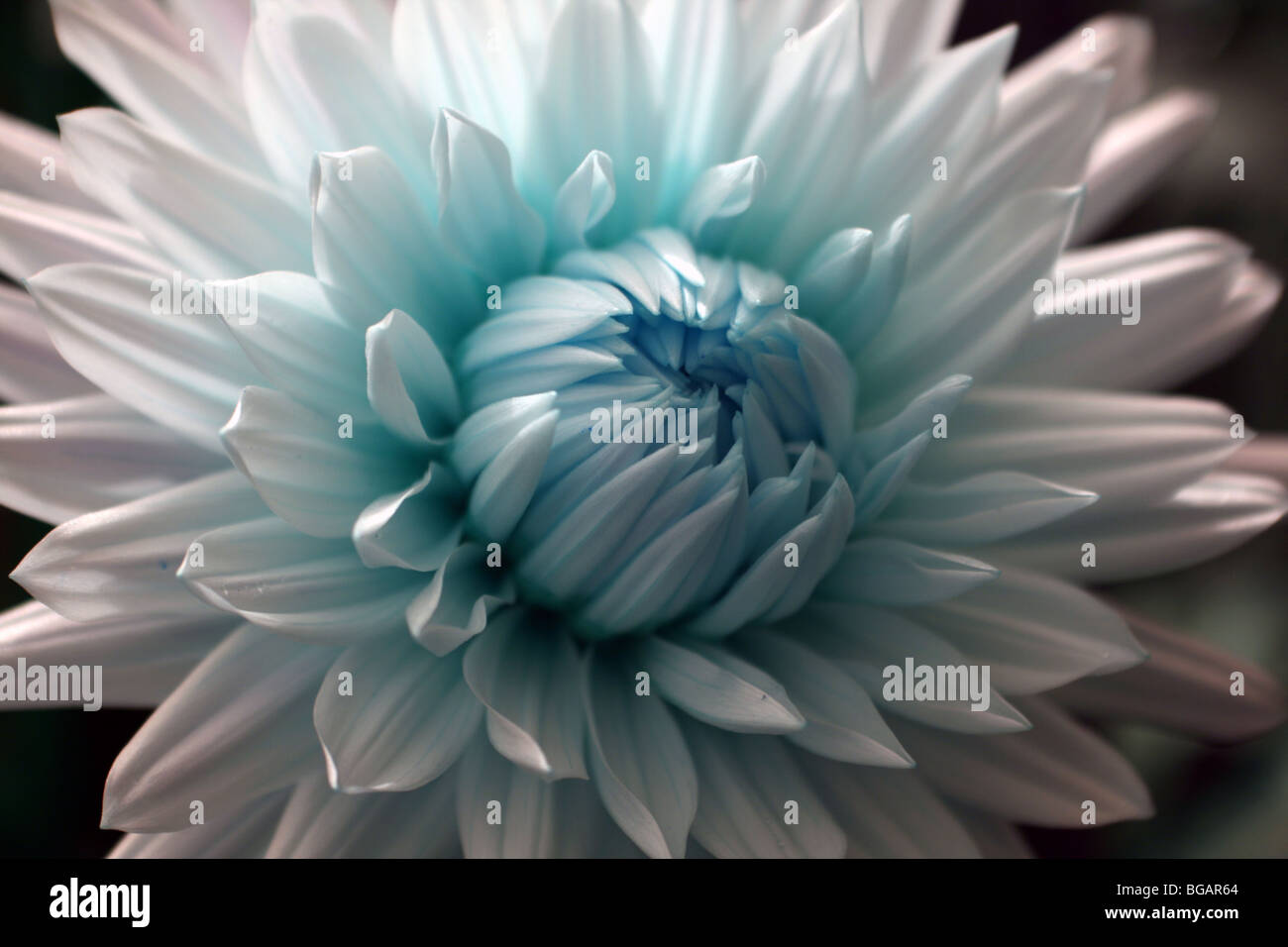Dahlia is a genus of bushy, tuberous, perennial plants native to Mexico, Central America, and Colombia.

Image details
Contributor:
Jen Addison / Alamy Stock PhotoImage ID:
BGAR64File size:
51.6 MB (1.1 MB Compressed download)Releases:
Model - no | Property - noDo I need a release?Dimensions:
5200 x 3467 px | 44 x 29.4 cm | 17.3 x 11.6 inches | 300dpiDate taken:
8 August 2009Location:
Ripon North YorkshireMore information:
Dahlia is a genus of bushy, tuberous, perennial plants native to Mexico, Central America, and Colombia. There are at least 36 species of dahlia. Dahlia hybrids are commonly grown as garden plants. The Aztecs gathered and cultivated the dahlia for food, ceremonies, as well as decorative purposes, and the long woody stem of one variety was used for small pipes. Dahlias are used as food plants by the larvae of some Lepidoptera species including Angle Shades, Common Swift, Ghost Moth and Large Yellow Underwing. The dahlia is named after Swedish 18th-century botanist Anders Dahl In German the dahlia was known during most of the 19th century as Georgia, being named after the naturalist Johann Gottlieb Georgi of St. Petersburg, Russia. The dahlia is also known as Tenjikubotan in Japanese, which literally means 'Peony of India'. According to the Japanese language of flowers, it means 'good taste'. Since 1813, commercial plant breeders have been breeding dahlias to produce thousands of cultivars, usually chosen for their stunning and brightly coloured waxy flowers. Dahlia was named the national flower of Mexico in 1963.[10] Dahlia plants range in height from as low as 12 in (30 cm) to as tall as 6–8 ft (1.8–2.4 m). The flowers can be as small as 2 in (5.1 cm) in diameter or up to 1 ft (30 cm) ("dinner plate"). The great variety results from dahlias being octoploids (they have eight sets of homologous chromosomes, whereas most plants have only two). The introduction of the dahlia to the florists of the Netherlands was effected about the same time, when a box of dahlia roots was sent from Mexico to the Netherlands. Only one plant survived the trip, but produced spectacular red flowers with pointed petals. Nurserymen in Europe crossbred from this plant, which was named Dahlia juarezii, with parents of dahlias discovered earlier: these are the progenitors of all modern dahlia hybrids. The Jardin des plantes in Paris received dahlias in 1802, again from Madrid.